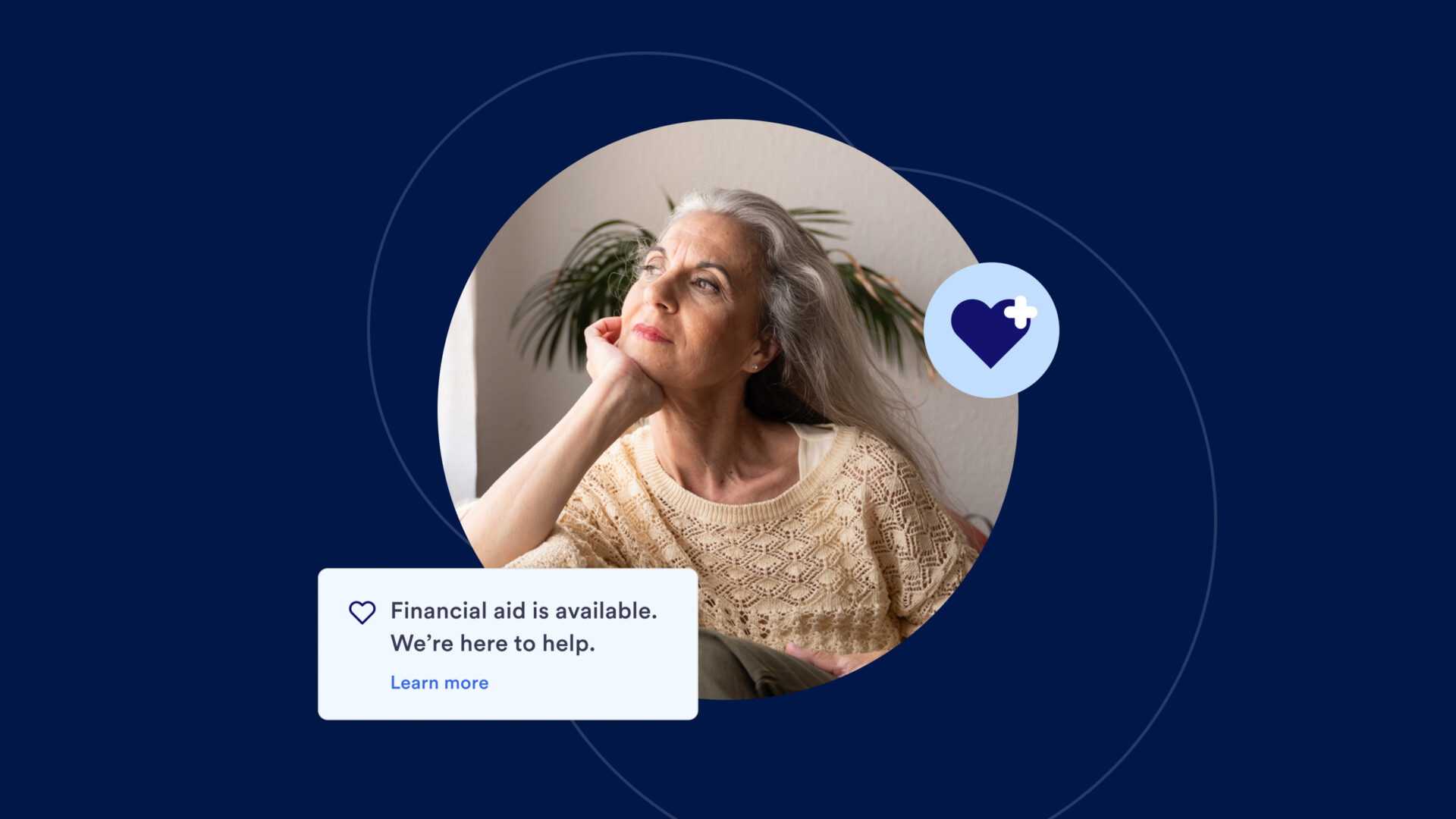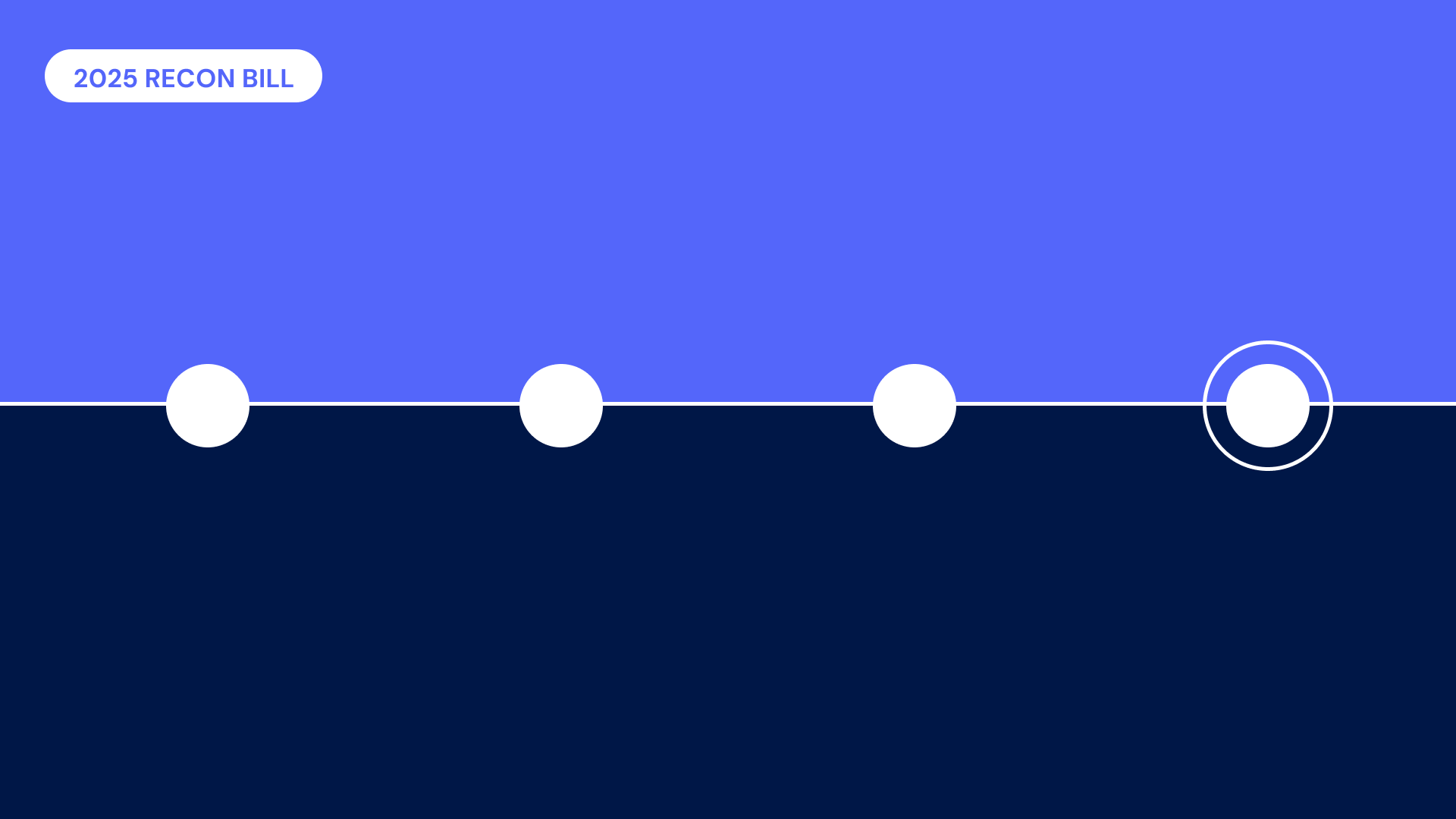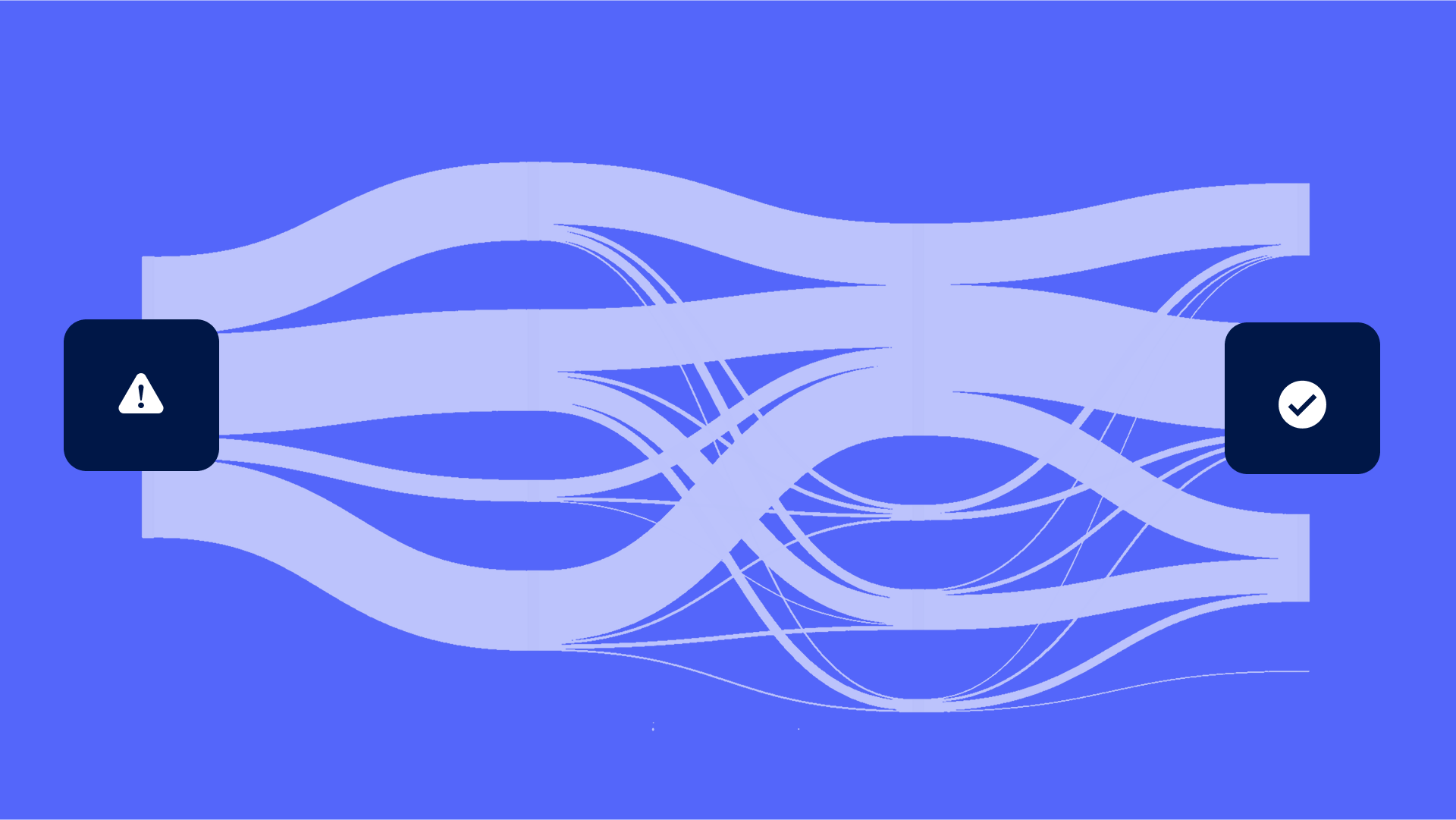Introducing Cedar’s Affordability Navigator: Connect patients with Medicaid enrollment, outside funds and self-service tools so they can affordably pursue the care they need.
A staggering 100 million Americans have been driven into debt by medical bills. Most report cutting back on food, clothing and other essentials. Some have been uprooted from their homes or pushed into bankruptcy. Most perversely, an increasing number of patients are skipping care due to cost.
Despite potential relief: as many as 28 million uninsured people are likely eligible for Medicaid or other financial assistance. Yet, most do not apply or seek help.
If resources are available to assist patients in affording their care, and medical debt is such a big problem in America, then why the low usage? We set out to answer this question in Cedar’s 2024 Healthcare Financial Experience Study—here’s what we found.
1. Patients are in the dark
Most patients are simply unaware of available options. Nearly two-thirds (63%) do not know about potential financial assistance, and about the same percentage (61%) needed guidance in understanding which options were best suited for them.
“With a lot of the social programs in the U.S., people qualify but either they’re kicked out for administrative reasons […] or they’re just not told and they have no idea the program exists, let alone that they qualify for it,” said Caitlin Donovan, Senior Director at the Patient Advocate Foundation.
Providers can help bridge this knowledge gap by promoting financial assistance at key touch points, like on bills and in cost estimate communications. Additionally, being explicit about how aid can be applied can help dispel misconceptions patients may have about financial assistance. People in states that allow retroactive Medicaid coverage, for instance, may not realize that they can reduce or even eliminate unpaid bills.
2. Accepting help is hard
Cultural and social factors play a role in shaping individuals’ attitudes toward medical debt and financial assistance. A sense of social responsibility and respect for providers can motivate patients to meet their financial obligations, even if it means making personal sacrifices. On the other hand, a cultural emphasis on self-reliance may lead patients to shy away from seeking external help, with 52% expressing discomfort from relying on aid from others.
“The biggest barrier we find is connecting the person with a financial counselor, because a lot of times, people aren’t forthcoming about needing help,” said James Rohrbaugh, Chief Financial Officer and Treasurer at Allegheny Health Network. “They don’t walk in and say, ‘hey, I can’t pay my bill’.”
Understanding these dynamics is crucial for providers when developing outreach strategies for uninsured and underinsured populations. It highlights the importance of creating a supportive and empathetic environment that encourages patients to seek assistance without stigma or shame.
3. It seems too complex
Even if patients know their options and want to seek help, the perceived complexity of the application process can be a major obstacle.
Past experiences or stories from loved ones may have instilled the belief that applying for aid is a complicated and lengthy process. When patients expect applications to be painful, it can de-motivate them in getting started. This was borne out in our poll: 71% say they would be more likely to apply for financial assistance if they were provided clear, accessible options.
To change perceptions, providers must take steps to make the application process feel simple. Letting patients know what to expect can help sustain motivation once they’ve found a suitable option. Additionally, streamlining the online application process, akin to TurboTax’s consumer-friendly model for tax preparation, can facilitate access to aid.
Bottom line
No one should be forced to choose between their health and financial stability. Providers, dedicated to improving health, have a moral obligation to connect patients with information and resources that can help prevent them from falling into debt. Awareness, empathy and simplicity are clear opportunities to help.
Explore Cedar’s Affordability Navigator. Self-serve Medicaid enrollment, HSA funds and payment plans and more—now just a few taps away.
Ben Kraus is a Content Strategy Manager at Cedar



